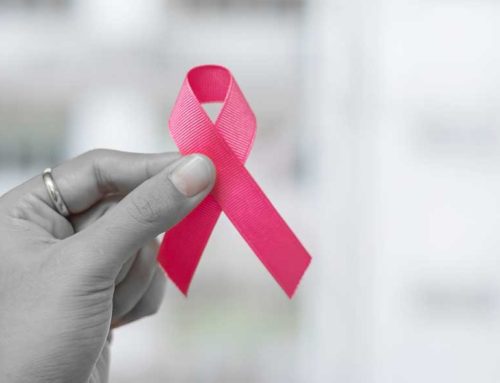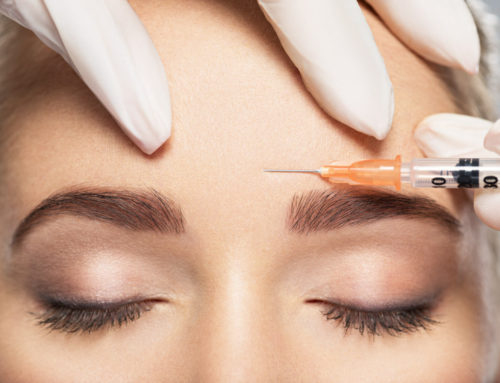Little boys (and sometimes full-grown men) like to show their scars with a look of pride. (“This is the one I got in that motocross accident!”) But for many of us, scars produce quite the opposite emotion, especially scars on the face or neck. The shame and embarrassment is painful when someone stares a moment too long or looks away not knowing what to say and not wanting to be obvious about it.
Scars occur when the epidermis (outer layer of skin) gets damaged, cut, or torn by some type of trauma or disease. The body reacts by attempting to replace the lost tissue and heal the damaged areas. With a small cut, a simple scrape, or some other minor trauma, the skin can usually heal without any evidence of the original damage. But sometimes the damage is too great for the body to completely heal the site. Scar tissue develops when the body cannot achieve flawless healing.
For those who wear a scar on the face or neck, the emotional pain lasts so much longer than the pain of the injury. But it does not have to be that way forever. Scars can be treated. Utah plastic surgeons can recommend, or prescribe, the best treatments for a patient’s specific case. Sometimes external compression or tapes can help encourage the skin to heal. Other times, certain gels and creams can make some notable difference. A high quality cream can improve discoloration and increase healing.
There are also other more intensive treatments. Dermabrasion uses a sanding agent to buff off some of the outer layers of skin to reveal fresh and unscarred skin beneath. Skin bleach can eliminate the redness of scars. And chemical peels can cause outer layers to peel off. Injectable treatments such as fillers can plump out concave scars. And injectable steroids can reduce the production of collagen, improving the appearance of bumpy scars. Laser therapy can also be used to burn off some of the outer layers of the affected area.
Some scars require more aggressive treatment through surgery. Scar revision surgery starts with anesthesia, like any other surgery. The surgeon then carefully and smoothly cuts away the scar tissue. Tissue substitutes may be used where there is not enough skin to cover the wound, as in a burn. Or tissue expansion can be done prior to the surgery to ensure successful coverage of the area.
The closure is done with great care to prevent additional scarring using tape, tiny sutures, or glue to seal incised skin together to heal. Depending on the depth of the scar, it may require layered closure. This would mean sutures (permanent or dissolvable) underneath the skin on the moving tissues beneath.
Depending on the severity of the scar, the surgery may eliminate the scar altogether or greatly minimize its appearance. And for someone who has been living with a disfiguring scar, there can be no better news than that!






